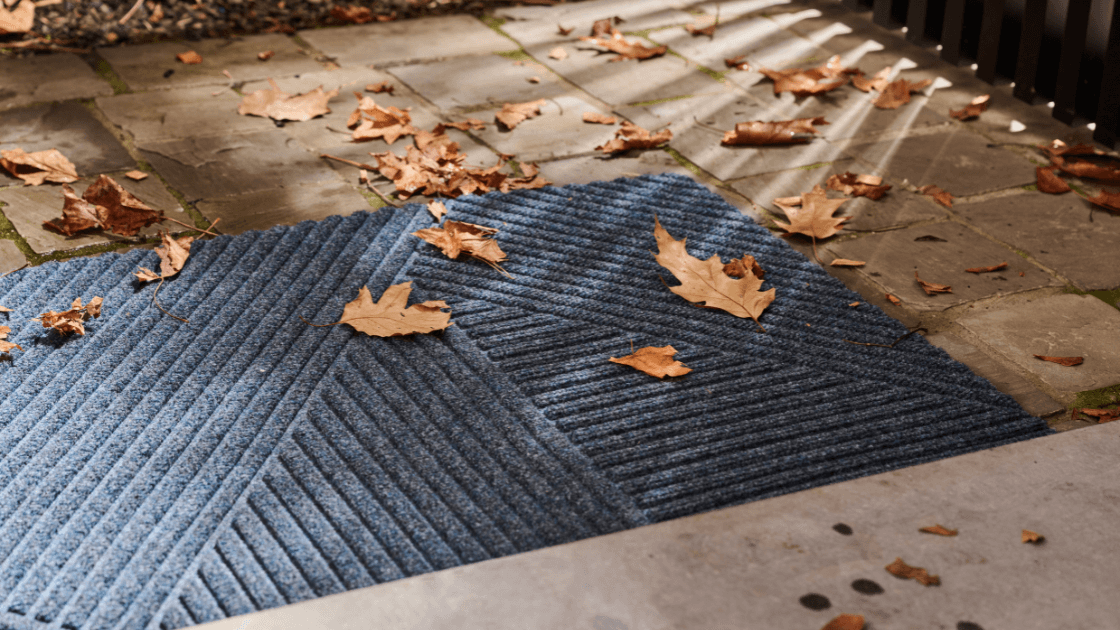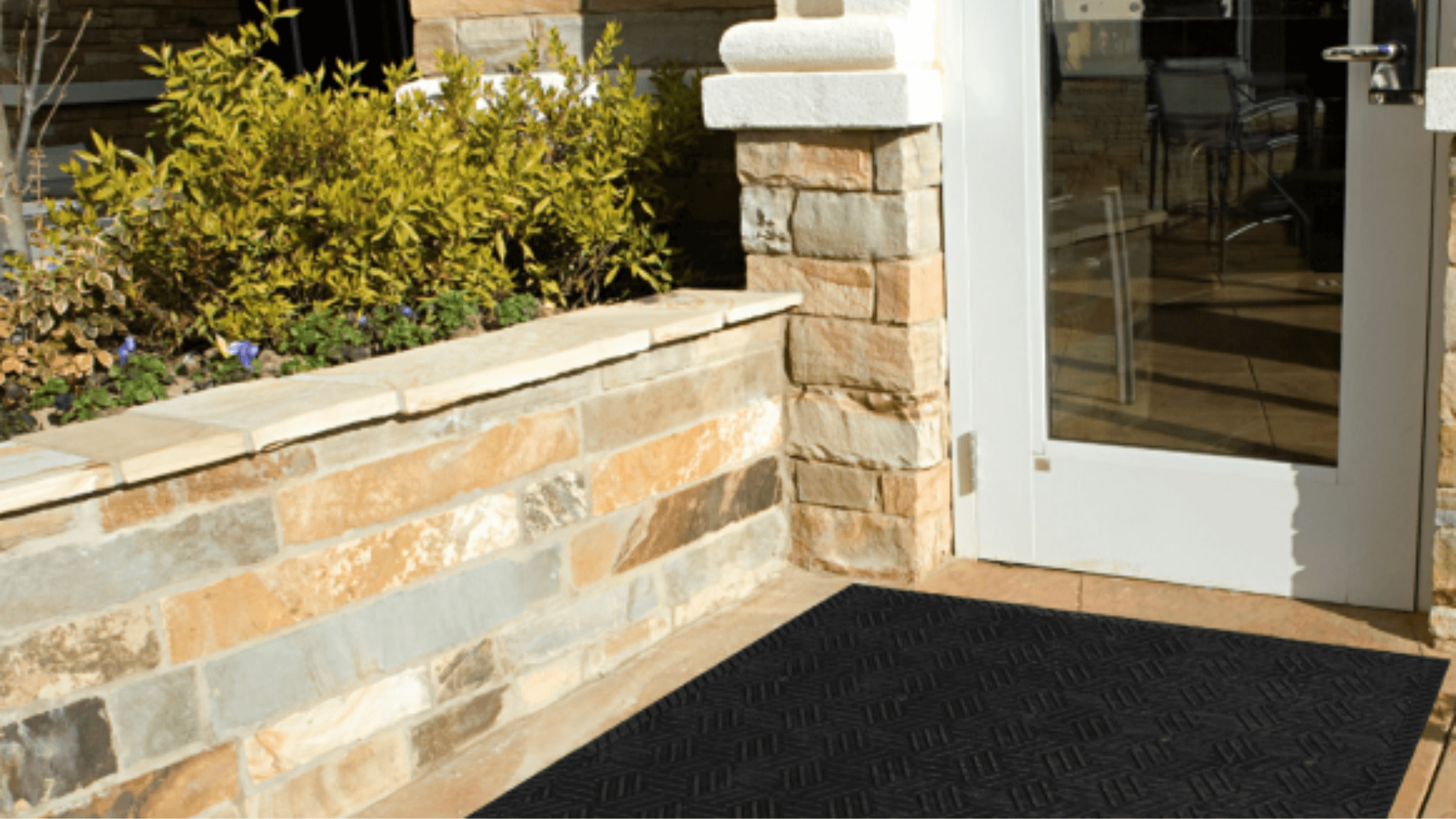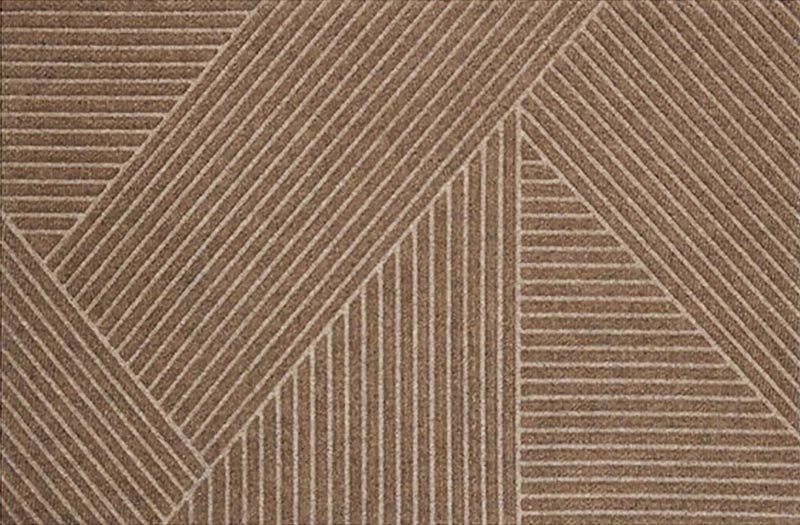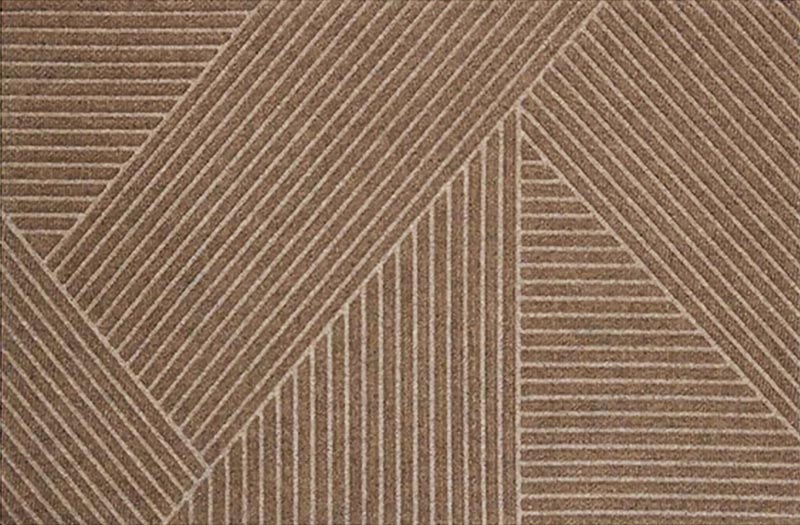Article: The Truth About Weather-Tested Outdoor Doormats

The Truth About Weather-Tested Outdoor Doormats
Welcome back friends to the neighbourhood – the only place on the internet where you can get all your questions about doormats answered! Today, we're sharing something special: real insights on the best outdoor door mats!
We love what we do, and it shows through our excitement about this article.
Simply put, we will change how you look at mats. Here are some fascinating truths about which mats deliver on their promises.
Here's what got us excited: While traditional coir mats proved their worth as dirt-trappers, the WaterHog® mats completely changed the game.
You deserve better mats, and we're here to help you find them. We'll walk you through:
- Which mats truly stand up to harsh weather
- The perfect size for your entryway (yes, size matters!)
- Features that make cleaning a breeze (because who doesn't love that?)
Just before we get started quick question!
Have you read this article? Why Your Doormat Choice Makes or Breaks Your Home's First Impression
What is the trend in doormats?
Modern doormats have evolved way beyond their simple functionality and now blend style with practicality. The plain rush mats are history – today's doormat designs showcase countless patterns, slogans, and ways to make them personal.
Latest doormat trends highlight bi-level designs that showcase advanced matting technology. These clever (Matterly) mats come with two distinct levels that each serve specific purposes. You'll find raised ridges at the top level that guard against coarse dirt and debris. The lower level features dense fibers that catch moisture and tiny particles.
The Magic of Bi-Level Design
Here's how it works: the top level, with its raised ridges, scrapes off mud and debris. The bottom level works as the cleanup crew, trapping moisture and fine particles that sneak past the top [3, 4].
We're not just making this up – these mats mean business. Some of our favorites can hold enough water to fill a small fish tank. And unlike your old mat that gave up after a few weeks, these are durable outdoor mats.
The market features specialized options like PVC-based designs that can handle outdoor weather without losing their looks. Matterlys doormats protect floors and make a style statement through their varied colors, patterns, and materials.
What Makes the Best Outdoor Doormat for Your Home?
Outdoor door mats with closed-cell fibers help water dissipate instead of soaking in, which makes them dry faster. Doormats that have scraper elements and raised patterns work best to keep dirt outside your home so… WaterHog
The most durable outdoor door mat comes from heavy-duty materials that won't fade in sunlight.
Good outdoor rubber doormats stay flat without curling and can withstand harsh weather without rotting.
If you want to stay up-to-date when we release quality products like these, then sign up for our newsletter!
Size Matters (Really!)
Your doormat's size makes a big difference in how well it works. Industry standards suggest that outdoor doormats should be at least 80% as wide as your door. To name just one example, see a three-foot-wide door – you'll need a mat that's at least 32.5 inches wide.
The right placement is just as important. You should place the large waterproof outdoor doormat right against the door to avoid tripping hazards. Any gap between the door and mat can create safety issues. You should put mats at every entrance to protect your home consistently.
Material Magic
Ever had a conversation with someone who passionately loves their job? That's us when we talk about mat materials!
Rubber: Works great outdoors, especially in rain. Quality rubber gives you excellent grip and helps water drain away.
Recycled PET: This weather-tough option wipes and scrapes effectively. These mats shine in cold weather.
Polypropylene: Resists water better and dries quickly. It's stronger than PVC and handles bad weather well.
Coir: Natural coconut fibers scrape dirt away effectively. Notwithstanding that, coir works best in covered outdoor spots rather than exposed areas.
- Note that synthetic materials last longer than natural fibers outdoors because they resist weather damage and keep looking good longer.
Looking for a breakdown of all materials? Read this article: Why Your Doormat Choice Makes or Breaks Your Home's First Impression
Which mats really stand up to Mother Nature?
Different doormat materials react uniquely to rain and snow.
Rubber Mats:
Rubber doormats excel in wet weather because they don't soak up water. These mats' drainage system lets water flow right through and stops puddles from forming. The non-absorbent nature makes them great at scraping off mud and dirt, but they might not work well in spots that need to soak up lots of water.
Coir Mat | What is the disadvantage of a coir doormat?
Coir mats are great at scraping water and heavy dirt off shoes, but wet conditions create several issues. Water exposure cuts their lifespan by a lot. These mats can grow mold if they stay wet, which leads to bad smells and possible health concerns.
The biggest problem shows up in how these mats handle moisture. Coir fibers soak up water well, but staying wet makes them break down faster. On top of that, PVC-backed coir mats' poor drainage traps moisture inside. People walking on wet mats speeds up the damage and makes fibers pull away from the base.
Synthetic Mats:
Synthetic materials like PET and polypropylene work well as heavy duty door mats outside because they handle tough weather better than most. These materials resist water and dry quickly, and they work well even in heavy rain. To name just one example, synthetic coir stands up to rain, snow, and harsh UV rays without breaking down.
WaterHog mats are made from PET which means they are a great way to get complete weather protection. Cold weather doesn't make these mats stiff, they won't freeze, and they scrape off snow and ice easily. Their raised patterns and grooves boost their snow and ice removal power, which keeps the stuff from getting tracked inside.
So, basically, they are the real deal.
Synthetic materials end up working better than natural fibers outdoors because they resist weather damage while looking good and working well for longer. Mats with good ventilation or drainage that help water flow through and evaporate work best in wet conditions.
What type of door mat is best for outside?
PET (Polyethylene Terephthalate) door mats are the best performers for outdoor spaces. They're very durable and eco-friendly. These mats come from recycled plastic bottles and hold up well in all types of weather without losing their effectiveness.
The WaterHog series of PET doormats works great at handling moisture and removing dirt. Their smart design repels water and scrapes shoes clean. A rubber backing keeps these mats firmly in place, even during bad weather.
Your specific situation will help you pick the right mat:
- Heavy duty rubber door mats outside work best in rainy areas
- PET doormats are great for cold weather
- Heavy-duty rubber backing gives you the most durability
- Modern PET options look good while doing their job
Whatever material you choose, your waterproof outdoor doormat should have:
- A non-slip back to keep it safe
- Construction that stands up to weather
- Good dirt-scraping ability
- A way for water to drain
* Note that your doormat will last longer if you place it correctly and clean it regularly, no matter what it's made of.
Which mats really take the heat (and cold)
When The Sun Throws a Tantrum
It's not all beach days and picnics for your doormat.
And the winner does not scrape the sand better – it’s actually about colour fading! Solution-dyed yarn (WaterHog Mats). I’ll use an analogy to explain this:
Solution Dyed Yarn: Imagine peeling a carrot; it’s orange all the way through. It’s the same for solution-dyed yarn.
Printed: Imagine peeling an apple; the top layer is red, but the inside is a different colour.
When Jack Frost Comes Knocking
To get the best performance in cold weather:
Pick mats with heavy-duty rubber that won't crack or curl – Synthetic Rubber – Check out our WaterHog collection
Go for designs with raised patterns that catch and melt snow well
Make sure your mat has good drainage to prevent ice buildup (drainage holes in the mat)
Which material door mat is best?
Nylon leads the pack as the best doormat material you can find, with amazing performance and durability. Many experts call it the 'crème de la crème' of entrance matting materials because nylon doormats bounce back and resist crushing better than other options.
Polypropylene comes in as a strong second choice, and we love it for its scraping power. The rough texture of polypropylene fibers pulls dry dust and dirt right off shoes. These mats last a long time too, which makes them perfect for busy areas like front desks.
If you want to go green, recycled PET mats are your best bet. The closed-cell fibers help moisture spread out between them, so the mat dries faster. These mats really shine in cold weather because they're great at both wiping and scraping.
Natural coir mats, made from coconut husks, are excellent at scraping dirt off shoes. But they do have some drawbacks – they soak up too much water and take longer to dry than synthetic mats.
Microfiber is the high-tech option, with fibers that are thinner than a human's hair. These mats soak up more moisture than cotton and dry three times faster too.
The best doormat material for you depends on your specific situation and local weather. Look at moisture levels, temperature changes, and how many people will use the mat before making your choice, or you can trust us and buy a WaterHog Mat 🙂
What is the best material for an outdoor mat?
Polypropylene stands out as the top choice for the best outdoor mat because it resists water and dries quickly. These mats hold up well even in tough weather. UV-protected synthetic materials also work great since they don't fade easily and keep looking good longer.
Signs of Weather Damage
Your doormat needs replacing if you notice these signs:
- Water damage shows up first as discoloration or fading
- Surfaces become frayed or broken from fiber breakdown
- Debris builds up and leaves stains
- Mold and mildew grow, especially in shady spots
- Metal parts start to rust, if any are present
Maintenance Impact on Lifespan
The right care will make your doormat last longer.
Give your mat a good shake each week to get rid of dirt and debris. Let it dry properly after heavy rain to stop mold from growing and fibers from breaking down.
Synthetic fiber mats usually last 3–5 years with good care. Natural fiber mats tend to last 1–3 years before you need a new one.
If you were smart enough to invest in a Matterly WaterHog mat, then you can read the care instructions here. p.s. It is machine washable ;)
What Are the Most Common Outdoor Doormat Problems?
Slipping and Movement Issues
Safety hazards arise when smooth-bottomed mats don't have enough friction to stay put. PVC-backed mats create the biggest problem because they slide around on floors easily. The mat becomes less effective and people might trip and hurt themselves when it moves around.
Your mat might start moving because of several reasons:
- It's too lightweight and gets pushed around easily
- The backing is too smooth and doesn't grip well
- Heavy foot traffic makes it gradually move out of place
- Weather changes affect how stable it stays
Nitrile rubber backing provides the best stability – these mats grip the floor securely without sliding. Premium mats like the WaterHog stay in place even when it's windy, thanks to their extra weight, so these something else to keep in mind.
Water Retention Concerns
Natural fiber mats face another major challenge with water retention. Coir mats excel at scraping dirt but don't deal very well with moisture. When these mats stay wet for too long, you'll notice:
- The fibers start breaking down
- Mold and mildew begin growing
- Bad smells develop
- Health risks might emerge
Today's premium mats solve these problems with clever design features so if you're not choosing natural coco mats then you're probably good to go!
Ladies and Gentelmats, let's wrap it up
First of all, thank you for your time. I hope you think it was well spent.
Here's what we found in our little discussion:
- PET mats handle extreme weather best
- Regular cleaning doubles your mat's life
- UV-resistant materials stay looking new longer
- Good drainage is vital in wet climates
- Quality mats are worth the investment because they reduce indoor cleaning time and last much longer
You can learn more about creating the perfect entrance by reading "Why Your Doormat Choice Makes or Breaks Your Home's First Impression."
Please always remember that the best heavy duty outdoor doormat combines durability, functionality, and style. It should handle your local weather challenges and match your home's look. Now you can choose a doormat that will keep your floors clean and your entrance welcoming for years.
As always, we are watching from the floor, and we are here to answer any more questions you may think of along the way.
See you around the neighbourhood again soon.
Have you read this article? Why Your Doormat Choice Makes or Breaks Your Home's First Impression




